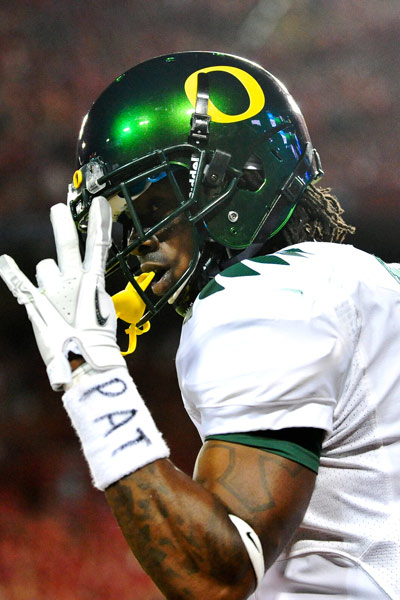FORWARD PROGRESS
By Vic Winnek
Forward progress appears simple in concept - the forward most point of the ball when the play is declared dead. This simple concept is one of the most inconsistently applied and misunderstood rules of the game. "Forward progress", one of the most significantly evolved rules,was first addressed in 1906 later edited in 1932, 1973 and again in 1988 providing the current definition.
The forward progress rules are utilized on most every play. However, officials frequently misapply them. The reason officials tend to misjudge this call is because they do not use the ball as their reference point. It is not the position of the runner's foot or the runner's knee. Rather, it is the position of the forward most point of the ball when the play becomes dead by rule. It is this dead ball spot that determines forward progress.
Under the college rules: Forward progress is a term indicating the end of advancement by the runner or airborne pass receiver of either team and applies to the position of the ball when it became dead by rule. (NCAA Rule 2-8-2). Hence, the reference point is the ball. Officials must note the position of the ball when the runner or airborne receiver is no longer moving forward.
Rest of his art here:
http://en.allexperts.com/q/College-Football-2792/Clock-stoppage.htm





